The Woman Who Raised a Bear as Her Son (1990)
Genre : Animation, Family
Runtime : 30M
Director : Jamie Oliff, Gerald Tripp
Synopsis
Animated Canadian film.

Princess Farah refuses to marry Sinbad until Prince Kassim, her brother, is able to give his consent. However, the Prince's wicked stepmother, Queen Zenobia, has changed Kassim into a baboon in order to have her own son crowned as caliph. Sinbad, his crew, the Princess and the transformed Prince travel to a distant land, fighting every obstacle Zenobia places in their path, to seek the advice of a legendary wise man who can possibly tell how to end the spell.
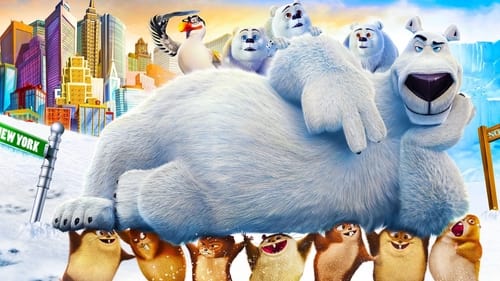
Polar bear Norm and his three Arctic lemming buddies are forced out into the world once their icy home begins melting and breaking apart. Landing in New York, Norm begins life anew as a performing corporate mascot, only to discover that his new employers are directly responsible for the destruction of his polar home.

In an isolated rural community of Quebec, Canada, some inhabitants attack other people, hungry for human flesh. A few survivors gather and go deep into the forest to escape them.
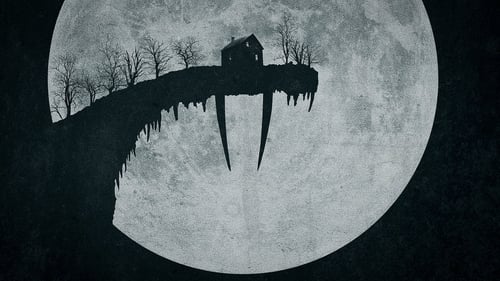
When his best friend and podcast co-host goes missing in the backwoods of Canada, a young guy joins forces with his friend's girlfriend to search for him.
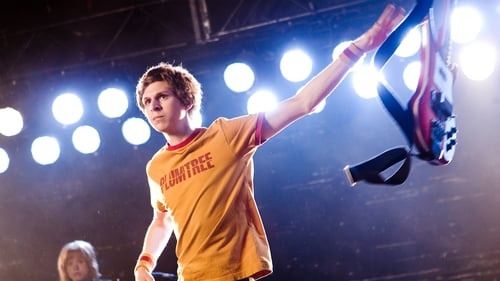
As bass guitarist for a garage-rock band, Scott Pilgrim has never had trouble getting a girlfriend; usually, the problem is getting rid of them. But when Ramona Flowers skates into his heart, he finds she has the most troublesome baggage of all: an army of ex-boyfriends who will stop at nothing to eliminate him from her list of suitors.
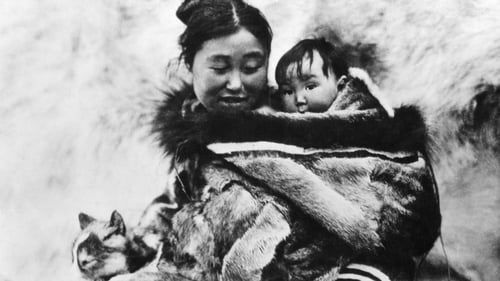
This pioneering documentary film depicts the lives of the indigenous Inuit people of Canada's northern Quebec region. Although the production contains some fictional elements, it vividly shows how its resourceful subjects survive in such a harsh climate, revealing how they construct their igloo homes and find food by hunting and fishing. The film also captures the beautiful, if unforgiving, frozen landscape of the Great White North, far removed from conventional civilization.

The dead are coming back to life outside the isolated Mi'kmaq reserve of Red Crow, except for its Indigenous inhabitants who are strangely immune to the zombie plague.
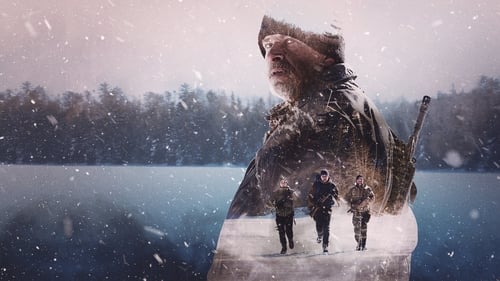
Anticipating a disaster, Antoine, a father, attends a survivalist training given by Alain in his autonomous hideout. In fear of a natural, economic or social crisis, the group trains to face the different possible apocalyptic scenarios. But the disaster they will experience will not be the one they predicted.
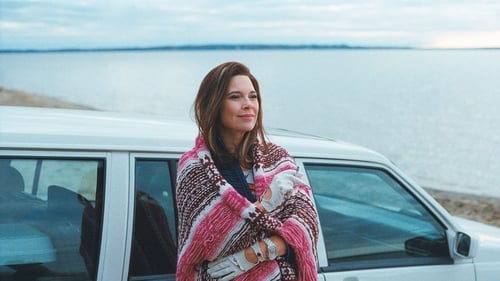
A peculiar neighbor offers hope to a recent widow who is struggling to raise a teenager who is unpredictable and, sometimes, violent.

A man stranded in the Arctic is finally about to receive his long awaited rescue. However, after a tragic accident, his opportunity is lost and he must then decide whether to remain in the relative safety of his camp or embark on a deadly trek through the unknown for potential salvation.
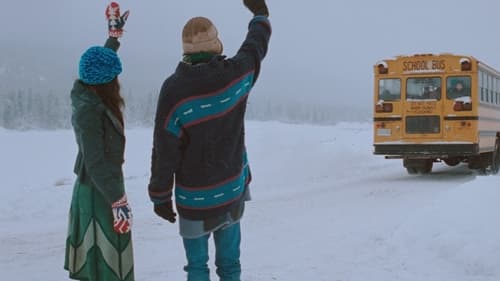
A small mountain community in Canada is devastated when a school bus accident leaves more than a dozen of its children dead. A big-city lawyer arrives to help the survivors' and victims' families prepare a class-action suit, but his efforts only seem to push the townspeople further apart. At the same time, one teenage survivor of the accident has to reckon with the loss of innocence brought about by a different kind of damage.

In a small Arctic town struggling with the highest suicide rate in North America, a group of Inuit students' lives are transformed when they are introduced to the sport of lacrosse.

Dog attempts to sleep in the hills of Laval, Québec, Canada.

Smilla Jaspersen, half Danish, half Greenlander, attempts to understand the death of a small boy who falls from the roof of her apartment building. Suspecting wrongdoing, Smilla uncovers a trail of clues leading towards a secretive corporation that has made several mysterious expeditions to Greenland. Scenes from the film were shot in Copenhagen and western Greenland. The film was entered into the 47th Berlin International Film Festival, where director Bille August was nominated for the Golden Bear.

A young French Canadian, one of five boys in a conservative family in the 1960s and 1970s, struggles to reconcile his emerging identity with his father's values.
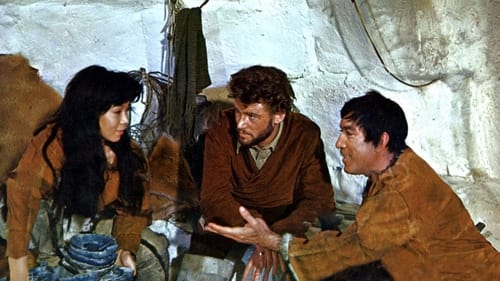
An Eskimo who has had little contact with white men goes to a trading post where he accidentally kills a missionary and finds himself being pursued by the police.
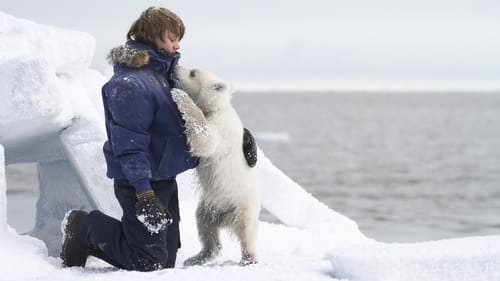
In northern Canada, a young boy sets a goal for himself to to reunite an abandoned polar bear cub with its mother. Goran Visnjic joins the cast as Muktuk, a half Inuit and half Canadian, who knows the terrain where the polar bears live and who agrees to help the boy.

Arctic Tale is a 2007 documentary film from the National Geographic Society about the life cycle of a walrus and her calf, and a polar bear and her cubs, in a similar vein to the 2005 hit production March of the Penguins, also from National Geographic.

A shy nurse is bitten by a zombie and becomes a flesh eating sex kitten. GRAVEYARD ALIVE is a cross between 1920's German Expressionism and 1960's B-horror films. Shot in and around the Montreal area, this is Bastard Amber Production's first full-length feature. The story follows Patsy, a lonely, dreamy nurse who, after being bitten by a zombie, becomes a sex-kitten. With her newfound powers, she tries to win back her old flame, the suave and handsome Dr. Dox, from Goodie , a bitchy young nurse. As the film progresses, Patsy must also learn to deal with her new affliction and to live her life, no longer in her romantic dream world, but in a harsher yet ultimately more satisfying reality. Shot in Techniscope with a 1:2.35 aspect ratio, an old process used in many 1960's films such as Dario Argento's "The Cat O' Nine Tails", GRAVEYARD ALIVE promises to invigorate the horror genre stylistically as well as with its audacious and thought-provoking content.
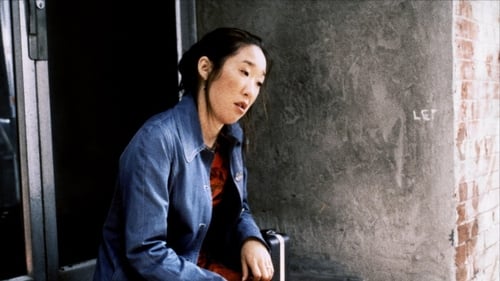
Various citizens of Toronto anxiously await the end of the world, which is occurring at the stroke of midnight on New Year's Day.

















